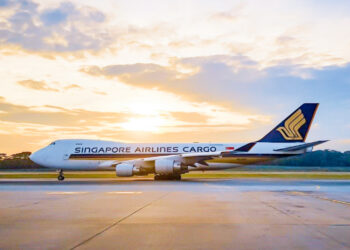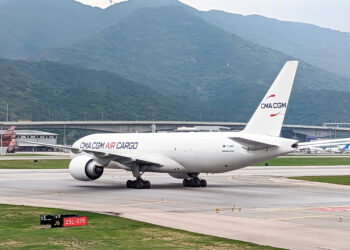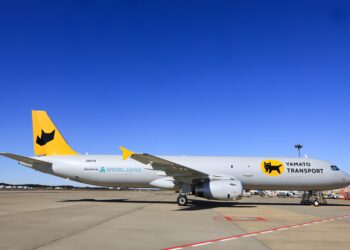No products in the cart.
US West Coast port slowdown pushes freight to air

Modal shift from ocean to air as a result of labor strife at the US West Coast ocean ports may be greater than most people thought.
At the beginning of this week we reported February and year-to-date results from fifteen of the world’s major cargo carriers and airports. As we always do at this time of year, we pointed out that the impact of the variability in the timing of the Lunar New Year holiday made year-over-year comparisons for the individual months of January and February unreliable. This year, for example, growth in demand for air freight in January was relatively low, while in February growth appeared to be extremely strong for most of the carriers and airports that had reported by the end of last week. In contrast to the general trends in both January and February, European carriers and airports reported generally negative results, although less bad in February than January.

As shown in the updated chart at right, which includes February data from several more big players, the trend of modest gains in January and strong gains in February is reinforced, and we expect that when IATA and WorldACD publish their overall analyses of February traffic worldwide, we will see year-to-date demand growth of 6% to 7%. Possibly even greater.
However, the additional data now available, combined with a just-issued report from UK-based shipping consultancy Drewry, makes it seem likely that there is much more in play here than just the timing of the Lunar New Year holiday. The demand growth shown by carriers with a strong presence on the trans-Pacific lane is so strong compared to carriers focused on Asia-Europe or the trans-Atlantic, that we believe the impact of the labor strife at the US West Coast ports, which reached a high point in February, had a bigger impact than most observers expected.
The full Drewry report is available on the company’s website, but in summing up the impact of the slowdown at the US West Coast ports, Drewry said: “To highlight the impact of the USWC labour dispute on reliability, out of the 743 Transpacific ships calling at either Los Angeles or Long Beach during February only 8% arrived as planned, with the average deviation a huge 10.7 days. In January the same figures were 17% and 4.2 days respectively.”
Small wonder then, with such a high percentage of the goods shipped across the Pacific held hostage to the labor dispute, that shippers were forced to turn to air.
In conclusion, we feel that the timing of the Lunar New Year holiday likely depressed demand somewhat in January and boosted it in February, and that the slowdown at the US West Coast ports provided some boost in January and a much bigger boost in February. Given that it will take another two months or so for the port backlog to clear, the air mode should continue to benefit on the trans-Pacific lane, but it is important to remember that this boost will disappear with the clearing of the port backlog, and that the underlying demand growth rate will be smaller than the reported growth rate.
Find opportunities in the Asia-Pacific region, the world’s most dynamic air cargo market, at Cargo Facts Asia, April 21-22 in Hong Kong. Get more information here.




